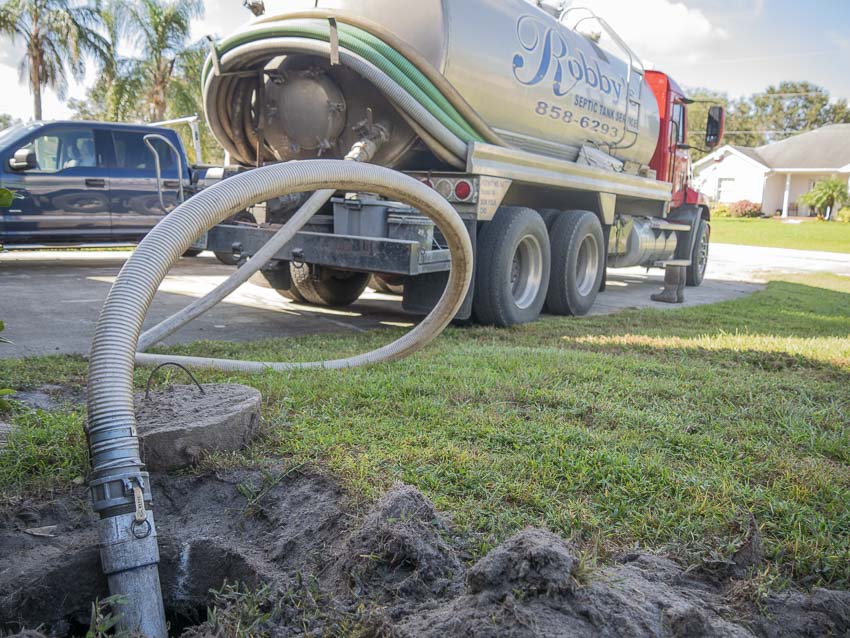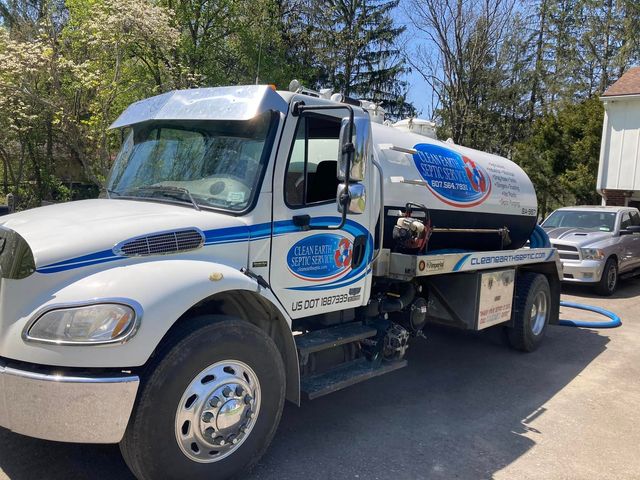The 6-Minute Rule for Stillwell Septic And Grading
The 6-Minute Rule for Stillwell Septic And Grading
Blog Article
Our Stillwell Septic And Grading Ideas
Table of ContentsIndicators on Stillwell Septic And Grading You Need To KnowStillwell Septic And Grading Things To Know Before You Get ThisAll About Stillwell Septic And GradingStillwell Septic And Grading - An OverviewGet This Report on Stillwell Septic And GradingOur Stillwell Septic And Grading IdeasThe Facts About Stillwell Septic And Grading Uncovered
Generally, septic container installment is an intricate procedure that calls for cautious planning and implementation. Property owners need to collaborate with a trusted installation team and understand regional policies and needs to make certain that their septic tank functions correctly for several years to find. After the septic tank has actually been mounted and connected to the drainpipe area, it is time to backfill the location.The backfill product must be without clods, huge rocks, icy matter, and particles that can cause gaps in the backfill that might permit working out gradually. Squashed rock or pea gravel 1/2-inch in size is preferred if native materials are not ideal. Once the backfilling is total, it is time to landscape the location.
As soon as the septic tank has actually been installed, it is critical to evaluate it to make certain that it is functioning properly (Septic Tank Installation). https://www.taringa.net/stillwellsag/quality-septic-solutions-stillwell-septic-and-grading_5btwpt. Evaluating the system entails inspecting for leakages, ensuring that the tank goes to the ideal level, and checking out the drainpipe field. One of one of the most common examinations performed is the hydraulic lots test
The Of Stillwell Septic And Grading
The water is after that monitored to ensure that it flows appropriately through the pipelines and into the drain field. If the water does not flow properly or backs up right into the container, it might suggest an issue with the system. Another test that is typically done is the dye test.
The color is then monitored to ensure that it streams appropriately via the pipelines and right into the drain area. If the dye does not move appropriately or appears in the wrong area, it might suggest a problem with the system. It is necessary to have an expert perform these examinations to ensure that they are done appropriately.

3 Simple Techniques For Stillwell Septic And Grading
Here are some necessary pointers for home owners to keep their septic tank: The ordinary house septic tank must be checked at least every 3 years by a septic solution expert. The frequency of pumping Read Full Report depends upon the size of the tank and the variety of individuals utilizing it. https://sc-bluffton.cataloxy.us/firms/stillwellseptic.co.htm. A general guideline is to pump the container every 3 to 5 years
Making use of water-efficient fixtures and home appliances, such as low-flow showerheads and toilets, can minimize water usage and aid the septic system work much more successfully. Only flush commode paper and human waste down the toilet. Prevent flushing anything else, including womanly health products, baby wipes, and cooking oil, as they can clog the system.
Getting The Stillwell Septic And Grading To Work
Septic system setup is a complex procedure that requires cautious planning and implementation. Property owners must be mindful of the needed steps associated with the installation procedure to ensure that their septic tank functions effectively and effectively. The initial step is to evaluate the site where the septic tank will be installed.
As soon as the site has been examined, the following step is to prepare for the installation. Homeowners should make sure that their service provider is experienced in septic tank installation and will work alongside them throughout the process.
The Main Principles Of Stillwell Septic And Grading

Home owners need to be conscious of the necessary actions associated with the installment process to make certain that their septic system functions effectively and effectively. By following these actions and maintaining their system, homeowners can rest assured that their septic tank will certainly give reliable wastewater treatment for several years ahead.
Almost one in 5 United state homes have septic systems. If you're not correctly preserving your septic system, you're not just injuring the environment, you're putting your household's wellness at riskand might be flushing thousands of dollars down the drainpipe!
What Does Stillwell Septic And Grading Mean?

All that additional water can truly strain your septic system. This can be helpful specifically if your system has actually not been pumped in a lengthy time.
Excitement About Stillwell Septic And Grading
Know your system's location. When you have the tank pumped, attract a layout or map showing its place in relationship to repaired factors - edges of the residence, actions, or fence messages.
Minimize the quantity of wastewater that have to be dealt with and disposed of by your system: Clean no even more than one or 2 tons of clothing daily. Up to 53 gallons of water flood your septic system with each tons, so it's best to spread washing out over the week.
Report this page